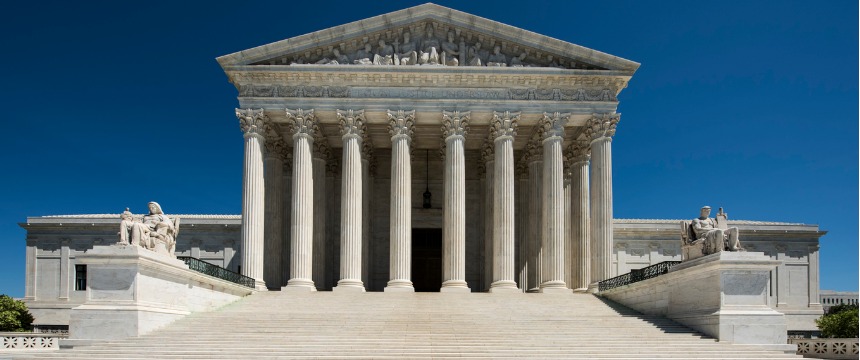The Impact of Google v. Oracle: Google’s Big Win at the Supreme Court May Have Huge Implications For Others Using Java SE and Undergoing Audits by Oracle

On Monday, April 5, 2021, the Supreme Court issued a decision in the long-standing copyright battle between technology titans, Google LLC and Oracle America, Inc.1, Google LLC v. Oracle America Inc. ruling 6-2 in favor of Google.2 Oracle alleged that Google copied and used a limited portion of the code from the Java SE platform. The Court’s opinion, penned by Justice Breyer, said that when Google originally acquired Android, it had envisioned building the Android platform as a free and open environment that would allow software developers to use the platform to freely develop Android-based mobile applications, with the expectation that this open development marketplace would increase consumer value and demand for Android-based smartphones that had access to this broad range of applications.3 Justice Breyer’s opinion also noted that, to achieve this accessible development environment, Google used approximately 11,500 lines of Java SE code from the application programming interface (API) in its own user interface on the Android platform, which enabled Java-based developers to use the API functionality within the Android environment, allowing them to easily access a library of pre-existing and pre-written java code for certain complex computing functions. Without this access, Java developers would be forced to write original code from scratch to perform the same functions. The case hinged on Oracle’s assumed copyright ownership of the Java SE API code itself, and whether use by Google of the Java SE API code constitutes a “fair use” of that material as a matter of law.4
Oracle has a history of aggressively auditing and seeking license fees from users of the Java SE platform for unlicensed uses. However, under the doctrine of fair use, an unlicensed use of copyrighted material may be permissible, if that use constitutes a “fair use” of that material. The Copyright Act includes four guiding factors to determine whether a use is fair use: (1) the purpose and character of the use; (2) the nature of the copyrighted work; (3) the amount and substantiality of the copied portion in relation to the copyrighted work as a whole; and (4) the effect the use has on the market value of the copyrighted work.5 The Court found in Google that all four of these factors weighed in favor of Google’s copying of the Java SE code being “fair use,” finally determining that “Google’s copying of the Java SE API, which included only those lines of code that were needed to allow programmers to put their accrued talents to work in a new and transformative program, was a fair use of that material as a matter of law.”6
Beyond a favorable outcome for Google, the Court’s decision in Google may very well be leveraged by other companies in their use of Java SE code. For those customers using Java SE in a similar fashion to Google’s use, the fair use doctrine may protect them against alleged “unlicensed” use of Java and the often steep license fees that may result.
The full text of the Supreme Court’s opinion in Google is available at: https://www.supremecourt.gov/opinions/20pdf/18-956_d18f.pdf
1 Google LLC v. Oracle Am., Inc., 18-956, 2021 WL 1240906 (U.S. Apr. 5, 2021).
2 Justice Amy Coney Barrett did not participate in the decisions, since she was not present for October 2020 arguments.
3 See Google at *3.
4 The Court avoided the foundational question of whether Oracle could in fact copyright the lines of code within Java SE at issue. To tailor the holding to the issues necessary to resolve the dispute, the Court assumed for sake of argument that this code is in fact copyrightable, which narrowed the Court’s focus to whether or not Google’s use of that code was excused by the doctrine of “fair use.” See Google at *1
5 See 17 U.S.C. § 107.
6 Google at *1 (U.S. Apr. 5, 2021).

